If you've been on this site anytime recently you'd know that we're fans of the Disney company. We're fans of their animation history, the scope they added to the MCU, the creative direction and design of their theme parks and, on a personal note, we've had lovely interactions with the local staff and the resort workers. This last week we were supposed to be visiting a couple of Disneyland parks in order to complete our bucket list of visiting all six of them (but then 2020 happened).
In the interest of being balanced we're going to step back from the cheerleading for a moment and address some of the downright crappy things Disney have done in the past and, in some cases, are still doing. Let's take a day for the astounding hot take that a major media conglomerate can actually be petty and horrid.
Mistreating Robin Williams After He Delivered Them a Hit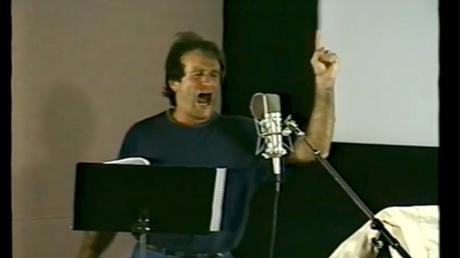
Aladdin. If there's one name attached to the success of that movie, it's Robin Williams. The animators, directors, composers...everyone was on the top of their game with this movie, but Robin Williams is who we all remember most fondly. His role as the genie was not only a game changer for Disney but every animated movie made since. Take a look at any major animated film released since and you'll see that the blockbuster cast are front and centre. Dreamworks built an entire industry on animated films with A-List actors playing cartoon animal versions of themselves. Williams ad-libbing his way through the Aladdin is the reason for that. So what's the problem?
Not only was Robin Williams unhappy with the way things shook out, but he'd taken steps to prevent from happening. Williams was hesitant to take the role, only agreeing when some animators put together a showreel of the genie delivering one of Williams stand-up comedy routines. Williams came on board, but with conditions. He did not want to be central to the film's marketing. He specifically said that he didn't want to 'sell anything'. It's all well and good to say that, but Williams took a pay cut to ensure this was the case. $75,000 for the voice work, nothing else.
Williams never wanted to be part of marketing and merchandise, having specifically prevented Mork and Mindy action figure from being produced. He also didn't want to overshadow his work on another animated film, Fern Gully: The Last Rainforest, also being released the same year. So imagine his surprise when he started seeing genie posters appearing all over LA, and genie toys appearing in Burger King. Williams went public with his unhappiness at this betrayal, having 300 LA bus shelter posters taken down due to a breach of contract. He swore to never work for Disney again after making some very public remarks about how they conduct business.
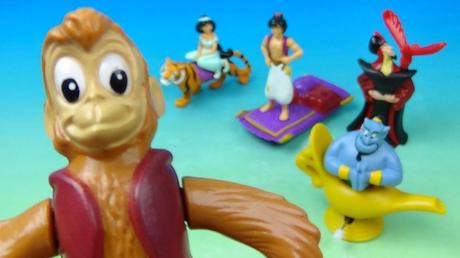
Some of you may be keen to point out that Williams returns to the role of the genie for Aladdin and the King of Thieves and appeared in other Disney films. When Jeffrey Katzenberg, who reneged on Williams' deal, left Disney he was replaced by Joe Roth. If was after Roth agreed to a public, formal apology on behalf of the Disney company that Williams agreed to come back to the table.
But wait, there's more! It's speculated that Disney considered putting together a fourth Aladdin movie using the extra ad-libbed takes given by Williams but not used in the original film. There's hours and hours of material for this. But Williams, before his tragic suicide, stipulated in his will that Disney cannot use his name or voice for at least 25 years after his death. And even then, they shouldn't. Because that would be a miserable thing to do.
The Vault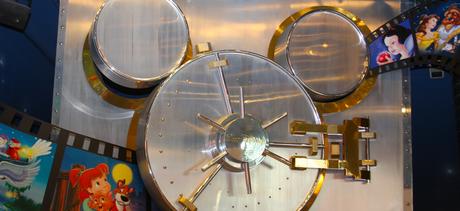
If you think Disney treated Robin Williams badly, it's nothing compared to how they treat their consumers. Specifically the consumers of home media. Heading down to Target right now will reveal shelves of almost all the Disney animated classics on DVD. You don't even need to make the trip if you took out a Disney+ subscription, you can watch them all on streaming.
Disney has a history of strictly controlling their home media catalogue, frequently putting their popular movies into the 'Vault' for long periods of time. There's a number of reasons for this intentional scarcity that includes anti-piracy measure, maintaining the value of their cinematic releases and, more than anything else, greed.
Initially it was to avoid unauthorised copies to be made and to ensure a healthy turn-out whenever the a title was re-released into theatres. Over time this morphed into a desire to wring as much money out of fans as possible. Marketing started to lean heavily into emphasising that VHS and DVD releases were showcasing 'long awaited movies' you can now share with your children, and that you needed to hurry before they go back into the Vault. Some early VHS versions were priced at an insane US$79.95 (US$227 in modern money) in order to push the titles into rental stores rather than homes in order to allow future sales.
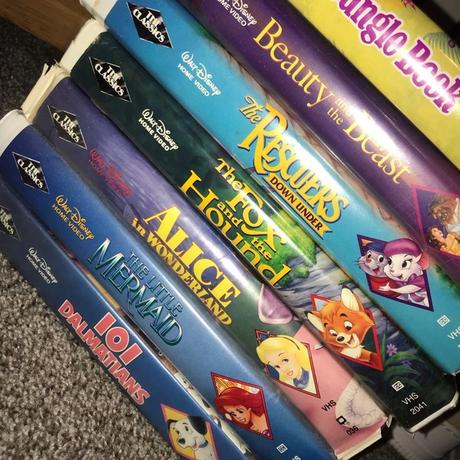
It gets more insidious. DVDs were released first as vanilla, movie only versions and later special editions packed with features. This is an attempt to determine if fans would buy another copy for the features. When it proved to be successful they started turning out more special editions every few years with new features kelp exclusive. There's no a collectors market for these different versions.
Because they didn't have any shame whatsoever, Disney always pushed the 'limited time' angle, implying their children would be the ones to miss out.
No Homo in Paradise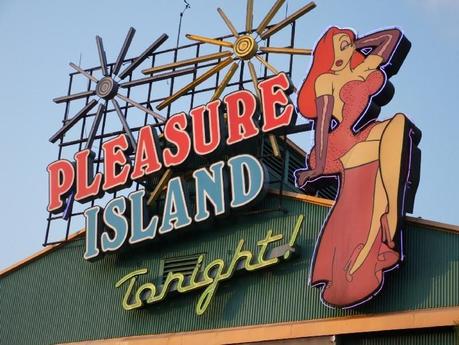
During the tenure-ship of Michael Eisner (I'm surprised I got this far without invoking his name) the Disneyland Resorts wanted to angle towards older guests. California Adventure, Extraterrorestrial Alien Encounter and Hollwood Superstar Limo were all a part of this concept, and one of the biggest new innovations was Paradise Island. This was a nightclub and restaurant district that was initially open to all ages and later 21 and older. It was marketed to youths to bring in this missing demographic to the family friendly park.
So long as you weren't gay. The Disney company had no patience for for same sex couples dancing and there were incidents of guests being asked to leave if they danced with a member of the same sex. One notable incident occurred in 1980 when a gay teen couple sued Disneyland Resort in California after they were asked to leave for dancing together. This was met with community push back, eventually leading to Disney lifting the prohibition on same sex dancing in the nightclub district Pleasure Island.
The emergence of the grass-roots unofficial 'Gay Day' every June was another headache for the resorts, as they really, really didn't want to be associated with the homosexuality community. If they felt that homosexuality conflicted with their family friendly image - which is obviously doesn't - they shouldn't put so many gay villains in their movies. Or use the highly sexualised Jessica Rabbit as the Pleasure Island Mascot.
Underpaying the People Making Dreams Come True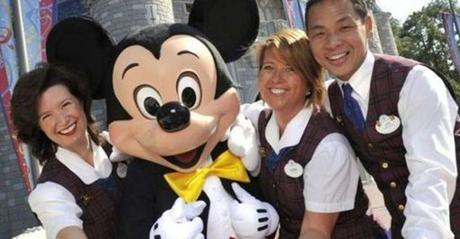
If you've read anything written by the cast members of Disneyland, particularly those who play the characters, you'd know that they love their jobs. Revealing themselves as cast members is highly taboo for employees, as they're dedicated to 'preserving the magic' for younger attendees. Never breaking character is a golden rule in the parks, with even a Goofy performer of 20 years spilling the beans on Reddit including a spoiler warning.
It's just a damn shame that Disneyland wouldn't repay this dedication with a basic living wage. Over the past few decades reports have surfaced of Disney characters living out of their cars, and more than half having disrupted eating schedules because they couldn't afford food. In addition to low pay rates, there have also been incidences of skin infections and health problems after the suits weren't kept clean. These reports have continued up until late last year...although amid the COVID-19 outbreak many of them have lost their jobs on top of everything else.
The overall impression is that Disney have taken advantage of the workers love for their work by exploiting their willingness to do it for less.
Disney Tried to Buy A Mexican Holiday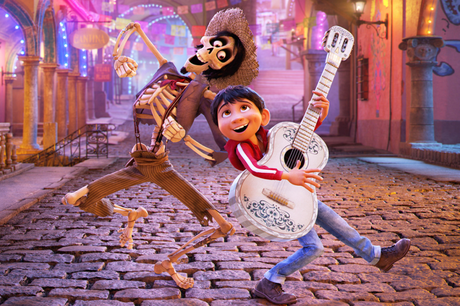
Dia de la Muertos is one of the Mexican holidays best known on a global level. The 'Day of the Dead' is an opportunity to remember and celebrate friends and family members who have passed away. The holiday takes place over several days and involves buidling shrines, bringing gifts to graves and feasting with family. And Disney wanted to slap a logo on it.
The trouble started with 2017 Pixar movie Coco, which takes place during Dia de la Muertos and follows a young boy on a journey through the land of the dead. In order to maintain their control of the movies potential merchandising opportunities Disney attempted to take out a copyright claim on Dia de la Muertos in the most extreme form of cultural appropriation possible. Their trademark application included a range of items including 'frozen meals consisting mostly of pasta or rice', 'fruit-based snack foods', 'non-medicated toiletries' and 'Christmas ornaments'.
After the story broke online and people were assured this wasn't a satirical news story the massive outcry led to Disney dropping the application.
Copyright Silliness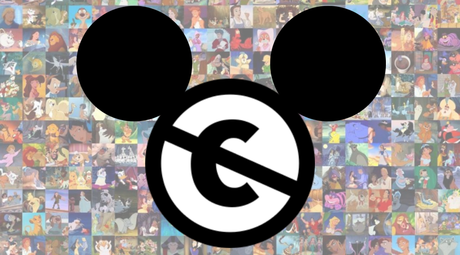
On the subject of trademarks, Disney is well known for their love of suing people for infringing on their copyrighted characters and properties. They try and make it easy for people to report such instances of copyright infringement with their anonymous online reporting system, but there's times when Disney have taken things a little bit far.
One day in 2015 a Star Wars fan went to Walmart and bought a Rey action figure. happy with the purchase they took a photo and posted it to a fan Facebook group. As it turns out Walmart had jumped the gun on putting the items on shelves by a full day and Disney lodged a complain with Facebook that this constituted a product leak. Wanting to avoid a kerfuffle the group admin asked Disney for permission to repost the image, which they allowed, but ten minutes later issued a DMCA take-down notice and had the original uploader banned from Facebook.
That's plenty petty, but not as low as the time Disney discovered day care centres had used Disney characters in a mural painted on the walls of their building. In 1989 Dinsey threatened court action if the images weren't removed, ultimately leading the Universal and Hanna-Barbara to offer the use of their characters. 30 years later this is still considered a particularly crappy move by Disney, considering they could've just given permission.
In a weird twist, film-maker Randy Moore used Disney's heavy-handed approach to copyright infringement to market his film Escape From Tomorrow, which was filmed without permission at Disneyland and Disneyworld Resorts. Publicity for the movie encouraged people to see it before Disney lawyers shut it down. In the end Disney didn't bother with Escape From Tomorrow, possibly assuming that nobody could sit through such a dire, boring and pretentious trash.
The Terrible Tale of Peggy Lee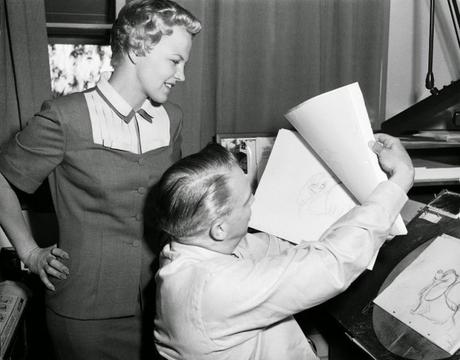
In 1955 the biggest hit the Disney animation studios had produced was Lady and the Tramp, taking the mantle from the historical Snow White and the Seven Dwarves. Part of the success of the movie came from the contribution of famed pop star Peggy Lee who lent her voice to the two most recognisable musical numbers on the soundtrack, these being 'He's a Tramp' and slightly uncomfortable 'The Siamese Cat Song'.
Peggy Lee's influence on the film went further than merely providing the instantly recognisable vocals. Her involvement in the production led to the character of Mame being reworked to Peg, a character inspired by the singer's physicality. Lee also requested that Old Trusty be kept alive at the end for the sake for younger audience members. Lee was paid a respectable US$4,500 for her work, which she split with the songwriter.
It's undeniable that Peggy Lee was a driving force behing Lady and the Tramp and the soundtrack sales. Skip forward a few decades and Disney is gearing up for a much publicised VHS release of Lady and the Tramp, for which they pocketed a solid US$90million. What they were not interested in doing, however, is sharing that wealth and offered Peggy Lee and "insulting" nominal fee. Lee promptly lawyered up and took Disney to court. Disney lawyers made the argument that they weren't selling 'copies' of her performance, but 'transcriptions', which they were free to do under their contract.
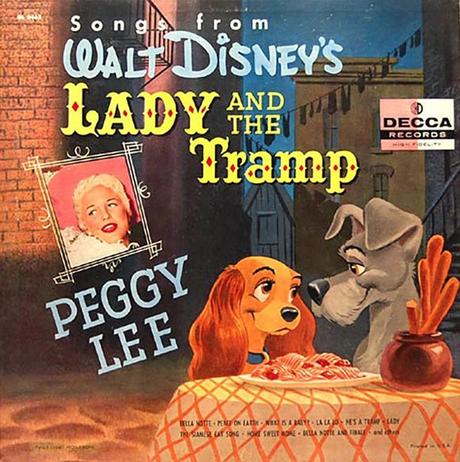
Unfortunately for Disney, they had made the exact opposite argument in a case against an Alaskan television company in the 1960s. This damaged their case somewhat, and it looked worse when a frail and wheelchair bound 80+ year year Peggy Lee arrived to testify. Disney brought out Jodie Benson, the voice of Ariel, to testify that voice actors an only a small part of the process. This backfired when Benson was so star-struck by Lee that she essentially argued on her behalf.
Was it really so difficult to part with some of the $90mil, Eisner? Apparently it was worth putting a pensioner through weeks of courtroom silliness. Having walked away with $2.3million for the sales of her work, Lee had won a victory for the rights of artists.

